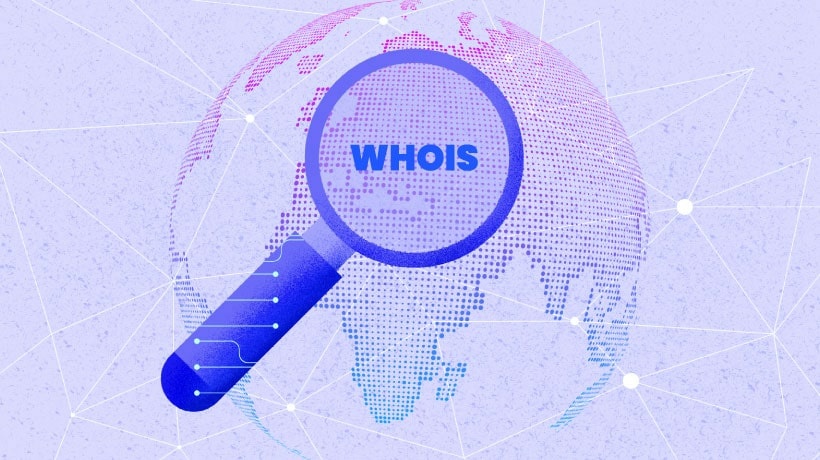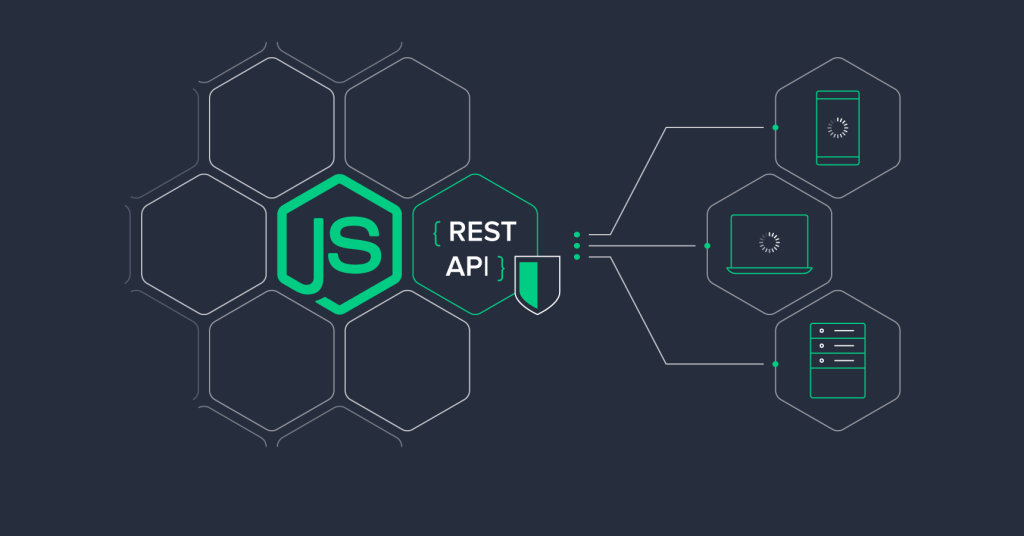In the vast landscape of the internet, where billions of websites are interconnected, maintaining cybersecurity is a paramount concern. The WHOIS database, originally designed to provide transparency in domain ownership, has become a crucial tool in the hands of cybersecurity professionals. In this article, we will delve into the symbiotic relationship between cybersecurity and WHOIS information, exploring how the latter serves as a valuable resource in uncovering and mitigating online threats.
The Basics of Whois Information: A Gateway to Domain Ownership
Origins and Evolution of Whois: The Whois database traces its roots back to the early days of the internet, where it was established as a means to publicly disclose information about domain registrants. Over time, however, concerns about privacy and misuse led to a reevaluation of Whois accessibility.
Components of Whois Information: Whois records typically include details such as the domain owner’s name, contact information, registration and expiration dates, and the domain registrar’s details. Understanding the significance of each component is crucial for cybersecurity professionals.
Unveiling Cyber Threats Through Whois Information:
Identifying Malicious Domains: One of the primary roles of Whois in cybersecurity is the identification of malicious domains. Cybercriminals often hide behind seemingly innocent domain names, but a closer look at Whois information can reveal patterns and anomalies that indicate potential threats.
Tracking Domain Registrant History: Examining the historical data in Whois records allows cybersecurity experts to track the ownership history of a domain. This can unveil suspicious activities, such as rapid changes in ownership or a sudden shift in the domain’s purpose.
Uncovering Phishing Attempts: Phishing attacks rely on deceptive domain names to trick users into divulging sensitive information. Whois information aids in the early detection of phishing attempts by highlighting domains that mimic legitimate ones.
Mapping Cybercrime Networks: Whois information enables the mapping of cybercrime networks. By analyzing the ownership details of interconnected domains, cybersecurity professionals can uncover the infrastructure supporting various malicious activities.
Challenges and Limitations in Using Whois for Cybersecurity:
Privacy Concerns and GDPR Impact: The implementation of privacy regulations, such as the General Data Protection Regulation (GDPR), has restricted the accessibility of certain Whois details. This poses challenges for cybersecurity professionals in obtaining comprehensive information for their investigations.
False or Inaccurate Whois Information: Some malicious actors intentionally provide false or incomplete information in Whois records to obfuscate their identities. This deliberate misinformation complicates the task of cybersecurity experts in accurately assessing potential threats.
Cybersecurity Tools Utilizing Whois Information:
Whois Lookup Services: Numerous online tools specialize in retrieving and presenting Whois information. These tools enable cybersecurity professionals to quickly access and analyze domain ownership details, streamlining their investigative processes.
Domain Threat Intelligence Platforms: Advanced threat intelligence platforms integrate Whois data into their analyses, providing a broader context for cybersecurity professionals. These platforms use machine learning algorithms to detect patterns and trends indicative of cyber threats.
Legal and Ethical Considerations:
Balancing Privacy and Security: Striking a balance between privacy protection and cybersecurity is an ongoing challenge. The legal landscape surrounding Whois access is continually evolving, requiring a careful consideration of ethical practices in cybersecurity investigations.
Global Cooperation in Cybersecurity: Addressing cyber threats often requires international collaboration. Whois information, when shared responsibly and ethically, can facilitate cooperation among cybersecurity agencies, law enforcement, and domain registrars on a global scale.
The Future of Whois in Cybersecurity:
Technological Advancements: As technology evolves, so do the tools available to cybersecurity professionals. The future of Whois in cybersecurity may involve the integration of artificial intelligence and machine learning algorithms to enhance threat detection capabilities.
Regulatory Developments: Anticipating changes in privacy regulations and adapting cybersecurity practices accordingly will be crucial. Future regulatory developments may influence how Whois information is accessed and used in the context of cybersecurity.
Conclusion:
In the ever-evolving landscape of cybersecurity, the role of Whois information cannot be overstated. From identifying malicious domains to mapping cybercrime networks, Whois serves as a powerful tool for cybersecurity professionals. As technology and regulations continue to shape the way we navigate the digital realm, a thoughtful and ethical approach to utilizing Whois information will be essential in securing the online world.



